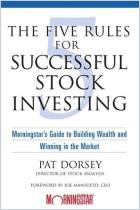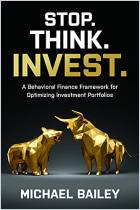Join getAbstract to access the summary!

Join getAbstract to access the summary!
Louis Navellier
The Little Book That Makes You Rich
A Proven Market-Beating Formula for Growth Investing
Wiley, 2007
What's inside?
A pocket guide to disciplined growth investing, if you can do the straight numbers and avoid the crooked hype.
Recommendation
This slim volume provides an excellent, concise, highly readable case for growth investing. Author Lewis Navellier, who edits a financial newsletter, is careful to keep his Wall Street jargon to a minimum, and makes no pie-in-the-sky promises. This is a book for investors who are willing to do the hard work of evaluating and selecting stocks, and who have the patience to wait for the market to catch up to their insights. Navellier knows his alphas and betas. He states frankly that an investor should have a portfolio of at least $200,000 to use the methodology outlined in this book. However, getAbstract finds that investors with any level of assets could benefit from his caveats about the Wall Street hype machine and his lucid explanation of what growth investing is and why it works.
Summary
About the Author
Louis Navellier has been the editor of a financial newsletter since 1980. He is the founder and chairman of a company that manages stock portfolios for individual and institutional clients.


















Comment on this summary
With that being said, I feel this summary was one of the better written summaries.